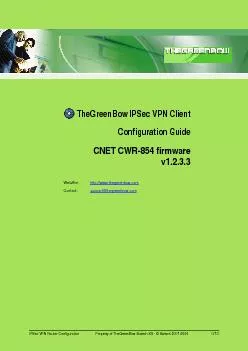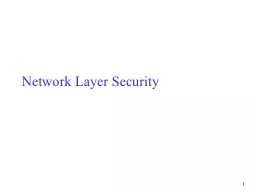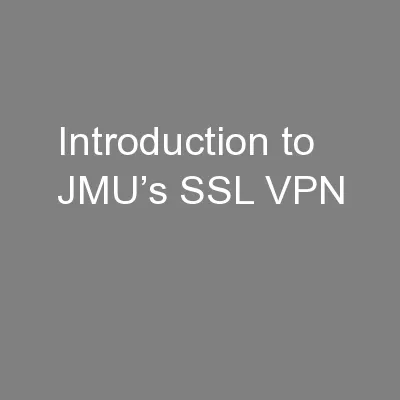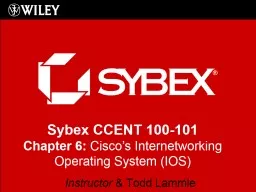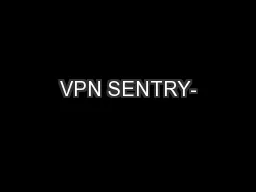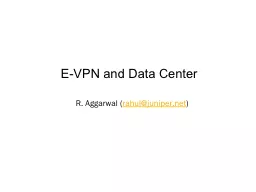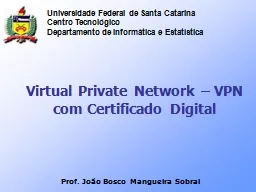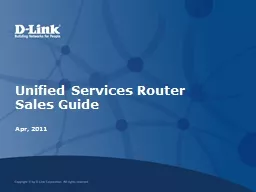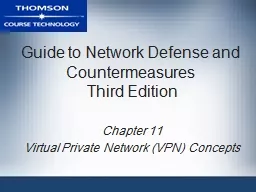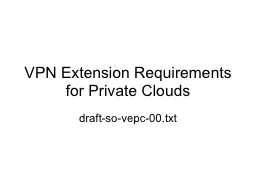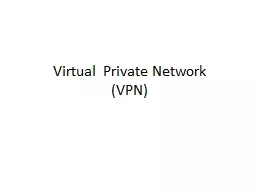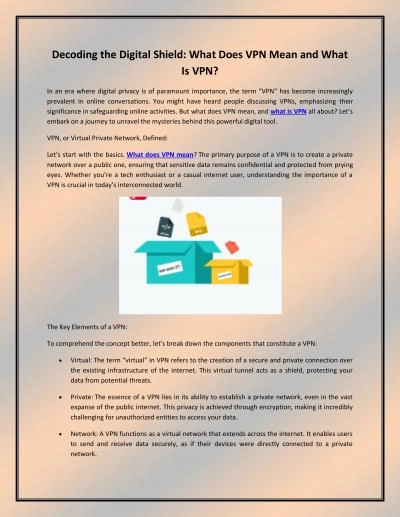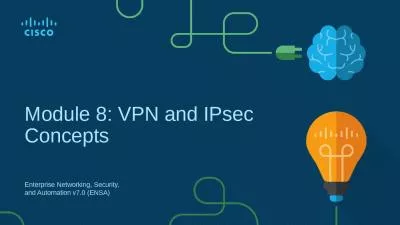PDF-IPSec VPN Router Configuration Property of TheGreenBow Sistech SA -
Author : yoshiko-marsland | Published Date : 2016-02-01
TheGreenBow IPSec VPN Client Configuration Guide CNET CWR firmware v1 httpwwwthegreenbowcom Contact supportthegreenbowcom DocRef tgbvpnug Docversion 10 150 VPN version
Presentation Embed Code
Download Presentation
Download Presentation The PPT/PDF document "IPSec VPN Router Configuration Property ..." is the property of its rightful owner. Permission is granted to download and print the materials on this website for personal, non-commercial use only, and to display it on your personal computer provided you do not modify the materials and that you retain all copyright notices contained in the materials. By downloading content from our website, you accept the terms of this agreement.
IPSec VPN Router Configuration Property of TheGreenBow Sistech SA - : Transcript
Download Rules Of Document
"IPSec VPN Router Configuration Property of TheGreenBow Sistech SA - "The content belongs to its owner. You may download and print it for personal use, without modification, and keep all copyright notices. By downloading, you agree to these terms.
Related Documents

